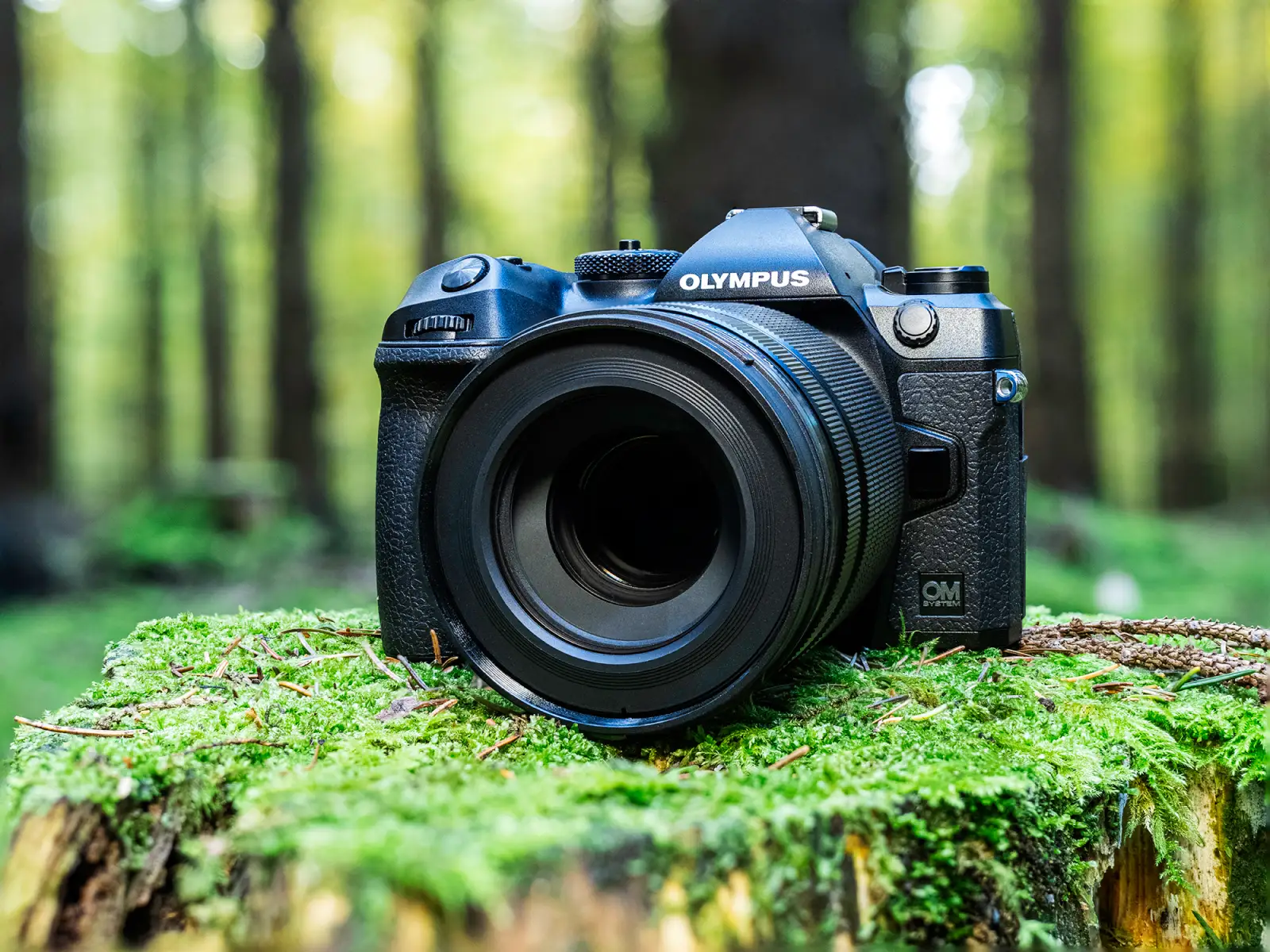Table of Contents
Live ND utilized on a bright day to reduce the motion of water. A function I have actually just made use of a couple of times, yet confirmed really valuable. Starry Skies AF goes right to concentrating on your celebrities without needing to electronically focus and focus by hand, thus quickening your astro workflow.
Yes, absolutely a great option. The alternative to ditch the tripod for any type of shot up to 2 secs long, many thanks to the photo stabilisation, is a superb bonus, and likewise to had Live ND at the touch of a switch, wow, a video game changer in my point of view.
This is where the cam enters it's very own the BEST traveling camera on the marketplace in my point of view. The ability to take the OM-5 plus a number of small lenses, for instance the Olympus 45mm f1.8 and 14-150mm superzoom (superzoom video click below), in a small midsection bag or also just your pockets is essentially a travel photographer's desire.
The Single Strategy To Use For OM System Cameras
I am glad to see that on both electronic cameras. The OM1ii has:-Live NDLive GNDStarry AFFocus piling to a jpeg **both video cameras offer emphasis stacking, but just the OM1ii will jump it all down to a JPEG for you.
Just to make things more confusing. The Lumix Method: you have in-camera stabilisation (IBIS) and the substantial majority of all supply and tele lenses have lens stabilisation also.

With E Stabilisation on, you can actually simply stroll with your cam and it looks like it's on a gimbal. Lumix supplies lens stabilisation throughout almost all stock and tele lenses, no matter of cost point, and regardless of focal size.
On paper, the G9ii is much better, and less restricting. However in method, 20-25 frames per second are usually sufficient for most circumstances. The OM1ii now boasts a 200-frame barrier, up from 92 in the initial OM1, matching the G9ii's 200-frame barrier. So you would certainly think they would certainly be the exact same, best? Heck no! Their technique to rupture settings varies considerably.
More About OM System Cameras
After that the G9ii has the benefit of extremely foreseeable constant ruptured modes, so that's suitable for an activity that occurs when that you have to catch, like these fire shots below. Both video cameras supply pre-burst modes also, by the means, so they're fairly level in that area.
Olympus PEN-F electronic camera. For vacationers, the OM-3 is relatively light at simply 17.5 ounces (496 grams) without a lens, a bit much less than Fujifilm's X100 VI.
If you're eager to make use of an outside recorder, it can catch 4K RAW video at up to 60fps. Like the OM-1 II, the OM-3 has very little rolling shutter in all video clip modes, so it should be great for catching action.
Some Known Questions About OM System Cameras.
This sensor additionally uses a quad-pixel style that allows cross-type phase-detection autofocus anywhere in the structure. Using its electronic shutter, it's capable of shooting at fully 120 frameworks per second with focus repaired, and 50fps with continual autofocus (although with some lenses, this is restricted to 25fps).

As for, you get Cine 4K at approximately 60 fps, and Full HD as much as 240fps. There's a new (for OM System) dial on the leading left that chooses in between image, video clip, and slow-and-quick (S&Q) settings. Both microphone and earphone ports are integrated, yet the HDMI port is of the mini kind just.
Navigation
Latest Posts
Some Known Factual Statements About OM System Cameras